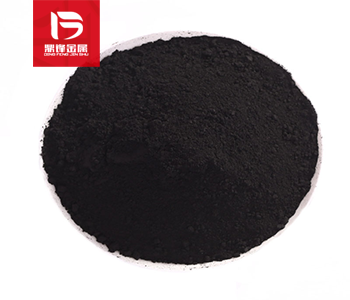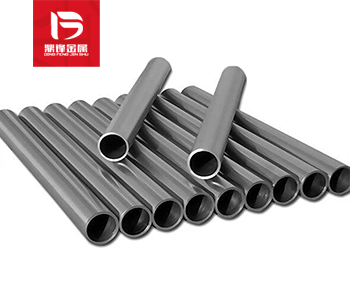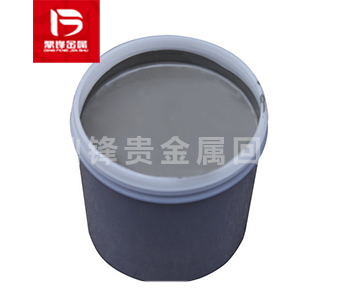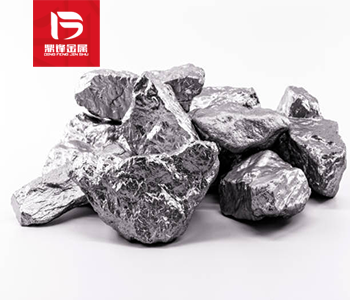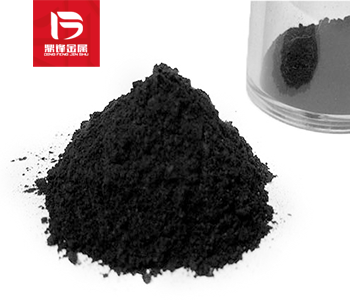Palladium recovery_ How much is the recycling price of palladium plating per gram
Answer to the question about the recovery price of palladium plating:1. What is palladium platingPalladium plating is the process of electroplating a thin layer of palladium metal on the surface. Pall
Answer to the question about the recovery price of palladium plating:
1. What is palladium plating
Palladium plating is the process of electroplating a thin layer of palladium metal on the surface. Palladium is a member of the platinum family and is known for its excellent corrosion resistance, high conductivity, and biocompatibility. Due to its high reliability and durability, palladium electroplating is commonly used in components such as connectors, switches, and sensors in the electronic industry. It is also used in the jewelry industry as a more affordable alternative to platinum. Palladium plating is usually carried out by depositing metal onto the surface of an object through electrochemical reactions using a solution containing palladium ions and an electrolyte.
2. Palladium plating recycling price
The price of recovering palladium from electroplating depends on various factors, such as the quantity and purity of palladium in electroplating, the extraction method used, and market demand for palladium. The current palladium market price is also an important factor as it fluctuates regularly. If you need to dispose of palladium plating waste, you can send samples to Dingfeng Precious Metal Recycling and Refining Factory for testing, and accurately estimate the recycling value of the waste based on the sample content for recycling.
3. Market price of palladium:
The current market price of palladium with a purity of 99.95% is around 369-376 yuan per gram. The fluctuation range of palladium in the precious metal market is 4-6 yuan per gram, making it a relatively stable precious metal.
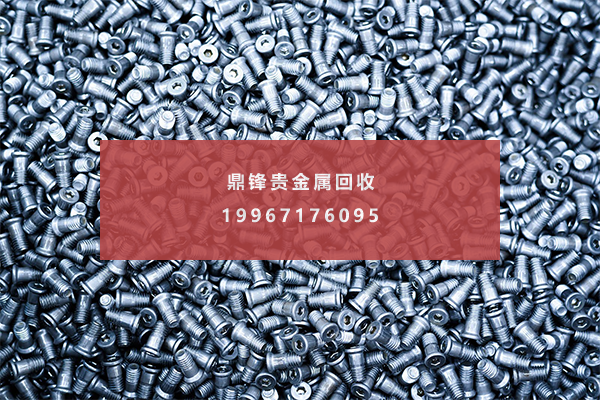
Common palladium plating products:
1. Palladium plating has a wide range of applications in the jewelry industry. The process of palladium plating involves depositing a thin layer of palladium on the surface of jewelry. This process prevents discoloration, scratches, and wear, while enhancing the appearance of the product. Palladium plating is also used as a low-cost alternative to solid palladium, as it provides the same appearance at a lower cost. Plating palladium on jewelry is particularly popular due to its low allergenicity. Many people are allergic or sensitive to certain metals, such as nickel, which are commonly used in jewelry. Palladium plating creates a barrier between metal and skin, preventing irritation and allowing more people to comfortably wear their jewelry.
2. Palladium plating is also common in the electrical industry. Electrical connectors are important components in electronic equipment, and palladium plated connectors have excellent conductivity and corrosion resistance. Plating palladium on connectors helps to maintain the electrical performance of the connectors and improve the lifespan of the equipment.
Plating palladium on electrical connectors also helps to reduce resistance, which is crucial for minimizing energy loss and maximizing equipment efficiency. In addition, palladium plating on the connectors of sensitive devices such as Space probe or medical devices helps ensure reliability and safety.
3. Palladium plating has good biocompatibility and is widely used in industries such as dentistry and healthcare. Medical and dental devices used by the human body need to be non-toxic and non reactive. Palladium plating provides a layer of anti-corrosion protection while ensuring biocompatibility with the human body. Dental restorations, such as crowns, bridges, and implants, typically use palladium plating to cover base metals, as this improves the strength and durability of the material. Palladium plating can provide long-lasting surface treatment that can withstand harsh oral environments.
4. Palladium is a popular metal used in the manufacturing of high-end watches. Palladium plating is commonly used for watch components such as case, bezel, clasp, and pointer. Palladium plating can provide a protective layer against wear, improve the durability of watches, and enhance their appearance. Plating palladium on watch components also helps prevent discoloration and corrosion caused by moisture and other environmental factors. Palladium plating provides a luxurious surface treatment that is long-lasting and durable.
5. Palladium plating is widely used in automotive manufacturing due to its excellent corrosion resistance and durability. Plating palladium on automotive components helps to protect them from environmental factors such as moisture and salt, preventing rust and corrosion. Palladium plating is commonly used for automotive components such as fuel injectors, spark plugs and Electrical connector. These components require a protective coating to ensure reliable performance, and palladium plating provides this. Despite the harsh environmental conditions of cars, palladium plating ensures that the components work properly.
6. Palladium plating is widely used in fashion accessories due to its high smoothness and durability. Fashion accessories such as belt buckles, cufflinks, badges, and keychains often use palladium plating. Palladium plating provides a long-lasting and shiny surface treatment, enhancing the appearance and durability of accessories. Palladium plating also provides a low allergenic barrier between the accessory and the skin, preventing allergic reactions or sensitivity. The durability of palladium plating ensures that the accessories retain a luxurious finish, making it an ideal choice for high-end fashion accessories.
Due to its unique properties, including biocompatibility, low allergenicity, excellent conductivity, and corrosion resistance, palladium has become a popular electroplating choice. Palladium plating provides a long-lasting, luxurious, and durable surface treatment, ensuring that components work properly and remain aesthetically pleasing for a long time.
&Quot; Dingfeng Precious Metals Recycling includes precious metals such as gold, silver, palladium, rhodium, platinum, germanium, iridium, ruthenium, etc. This is our business in precious metal recycling. If you have precious metals such as gold, silver, palladium, rhodium, platinum, germanium, iridium, ruthenium that need to be recycled, please contact us and we will provide you with a satisfactory price& Quot;



